Oriol Bohigas, the architect of Barcelona’s celebrated urban planning, he also leaves behind a solid intellectual, civic and political legacy, has died.
Lucid almost to the end, Oriol Bohigas (1925-2021) has died on the verge of his 96th birthday. In recent times, from a wheelchair, he had not stopped attending cultural events, always accompanied by the architect Beth Galí. He was a key personality of the second half of the 20th century, an essential figure in giving continuity to the golden age of contemporary Catalan culture, that is to say, to the fabulous network of creative impulse, institutionalisation and pedagogical civility that went from Modernisme to Noucentisme, passing through the avant-garde. From anti-Francoism first and, later in democracy, from the recovered institutions, Bohigas projected into the future the ambition of a republican past heir to that brilliant nineteenth to twentieth century, which he knew first-hand for family reasons: his father was one of the architects of the reorganisation of Barcelona’s museums in 1930 and the rescue of Catalan art during the Civil War.
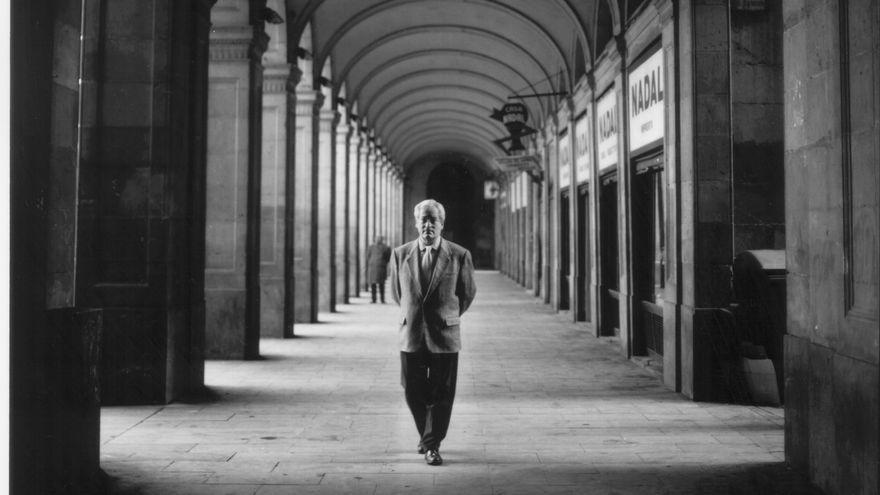
When Bohigas was barely 22 years old, he made his debut as a journalistic polemicist in the magazine Destino alongside Eugeni d’Ors, whose friendship he would later cultivate. D’Ors once wrote him this nice dedication: “To Oriol, who makes the sun rise”. The ideologue of Noucentism and later a conspicuous Francoist got it absolutely right. Oriol Bohigas, from a Catalanist and cosmopolitan progressivism, for years brought light and colour, renewed airs, openness and risk to the Catalan culture of the late Francoist period, of the democratic opening, and beyond. His adherence to Catalanness was not defensive, in the victimistic manner. On the contrary: he never asked for permission to make Barcelona, and through it Catalonia and its culture, an international capital from which to dialogue with the world, a dialogue that he himself engaged in in the field of architecture with great figures, from Foster to Isozaki, from Gregotti to Aulenti, and so many others.
Bohigas is the architect of the new democratic Barcelona that came to fruition with the Olympic project
But, specifically, what do we owe Bohigas? The list is overwhelming. We owe him, first of all, the new democratic Barcelona that came to fruition and made a great leap forward with the Olympic project: that of the recovery of the historic centre, that of the new centralities and the dignification of the neighbourhoods, that of the opening up to the sea, that of the hard squares and green spaces, that of the ring roads. In short, the Barcelona of quality public spaces, clean facades and civic ambition. It was he who led the city’s new urban planning with the mayors Narcís Serra and Pasqual Maragall. And it wasn’t just him: his influence in the urbanistic and architectural field already came from afar, from the School of Architecture, of which he was the alma mater and director before joining the City Council.
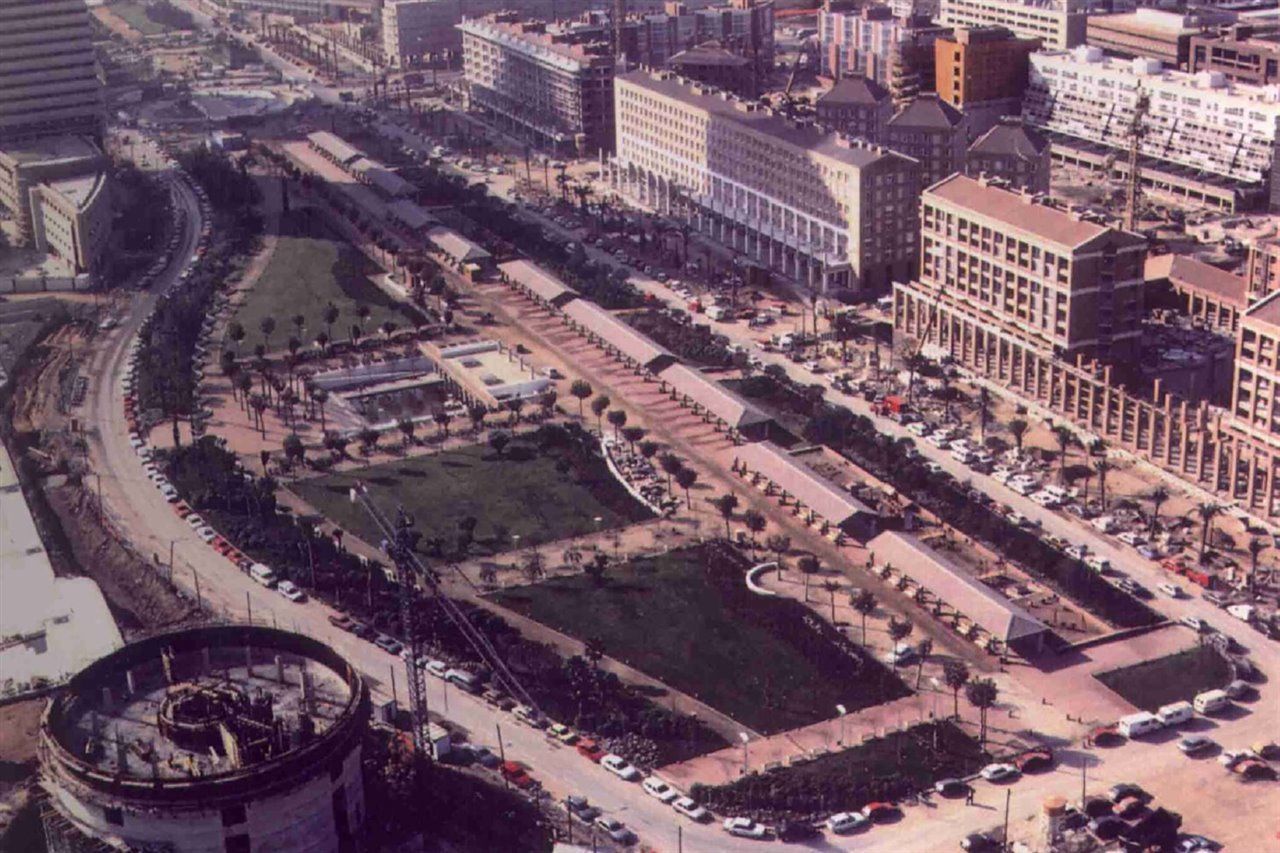
In addition to becoming a point of reference for the new generations of architects, he was also for decades the main point of connection of Catalan architecture – together with names like Bofill, Correa, Solà Morales, Tusquets and a large etcetera – with the world, somehow taking over from the exiled Josep Lluís Sert, the living soul, until his death in 1983, of the historic GATCPAC, which Bohigas and the entire R Group were responsible for vindicating through another figure: Coderch de Sentmenat.
And to all this we must add the work of his office, MBM, with his partners and friends Josep Martorell and David Mackay, which built a very long list of emblematic buildings, from the Meridiana building to the Garbí and Thau schools, including the Palau Nou de la Rambla (the one that reveals the bell tower of the church of el Pi), the controversial extension of the Corte Inglés in Plaça Catalunya or the building of the Design Museum in Plaça de les Glòries, among many others.
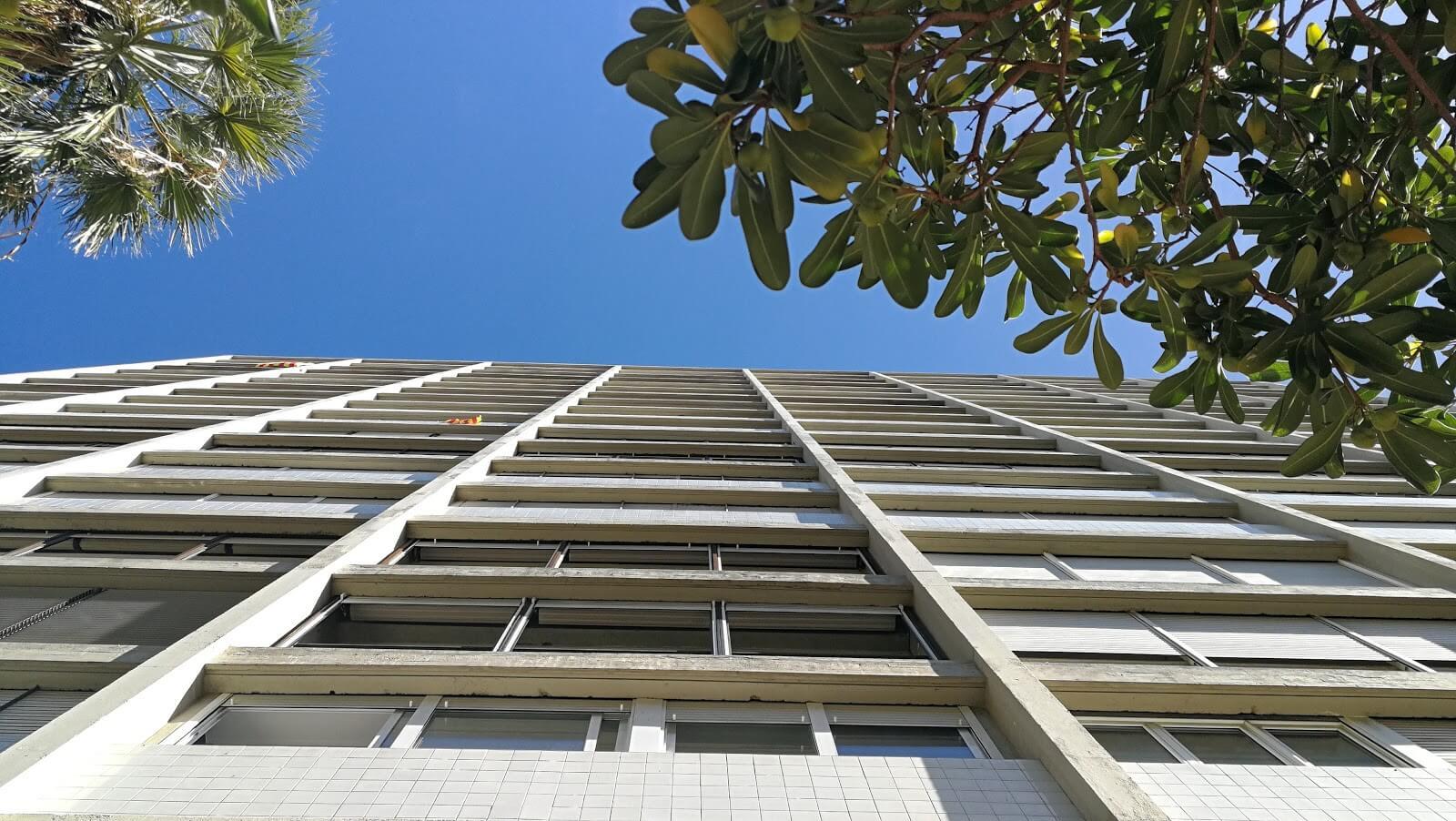
More than an architect and town planner an intellectual and politician Oriol Bohigas deserves our most sincere and joyful homage. May his republican spirit continue to enlighten us for many years to come.
Full article CONTENT DEVELOPED BY Ignasi Aragay


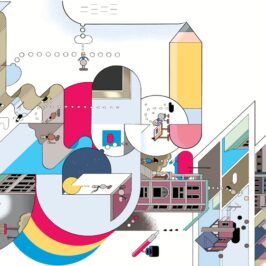
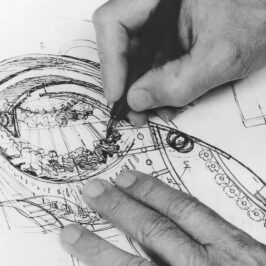

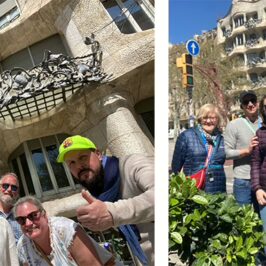
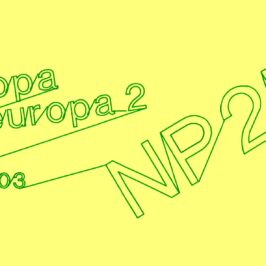
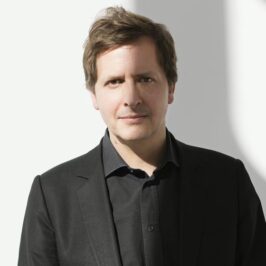

Leave a Reply